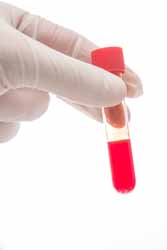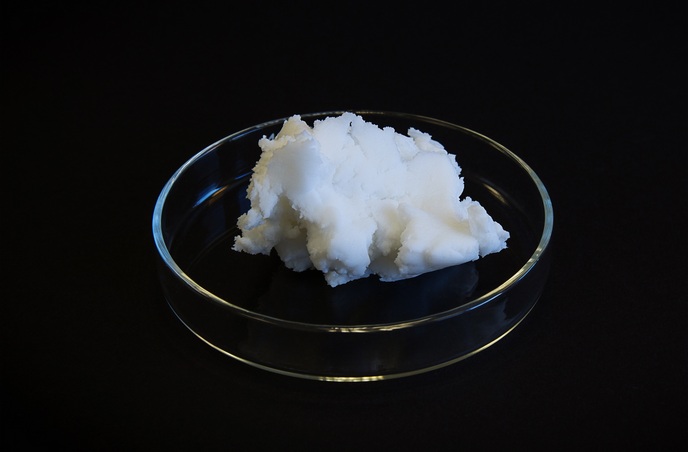Novel coatings for glass medical vials
Interfaces play an important role in functionality and performance. However, functionality is affected when adhesion with protein-based drugs occurs at their interfaces. Another undesirable consequence affecting performance is cohesion at interfaces between glassy phases or between the glass and the environment that pose particular technical challenges. The EU-funded project 'Adhesion and cohesion at interfaces in high performance glassy systems' (ADGLASS)(opens in new window) developed novel coating technologies to modify forces at interfaces with glass materials to prevent undesired effects. Work was strongly supported by further development of a recent atomistic modelling method integrating multiple time and size scales to bridge quantum and classical mechanical descriptions. Scientists extended the modelling technique and developed classical descriptions of potential energies and force fields. They then developed quantum, quantum/classical and purely classical atomistic simulations of protein adsorption at the interfaces between oxides (silicon dioxide (SiO2) and titanium dioxide (TiO2)) and water. Similar descriptions were developed to simulate the mechanical and chemo-mechanical properties of glassy thin-layer interfaces as related to crack propagation. Experimental work supplemented the modelling for both applications. As a result of theoretical and experimental progress, the team produced and tested a polyethylene glycol (PEG)-like anti-adhesive plasma coating for glass vials in pharmaceutical applications. The PEG-like coating demonstrated significantly lower adsorption compared to all reference vials. Optimisation resulted in a more than 20 times reduction in fibrinogen adsorption. SiO2 nanoparticles embedded in a TiO2 phase as a binder material led to production of a single-layer coating for glass panels with both anti-reflective and anti-staining (self-cleaning) properties. Although the scope of the project did not allow for development of a formulation that simultaneously optimised both effects, the work provides important direction for future research. ADGLASS' new atomistic simulation technique with unprecedented flexibility of model system size and excellent simulation accuracy will become a new standard for quantum-based modelling of materials. Project outcomes, particularly the anti-adherent coatings for pharmaceutical glass vials and developments for PV applications will have major impact on the health care and solar energy sectors.







